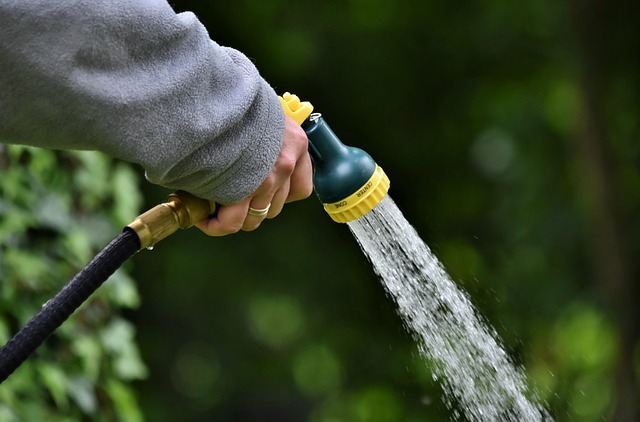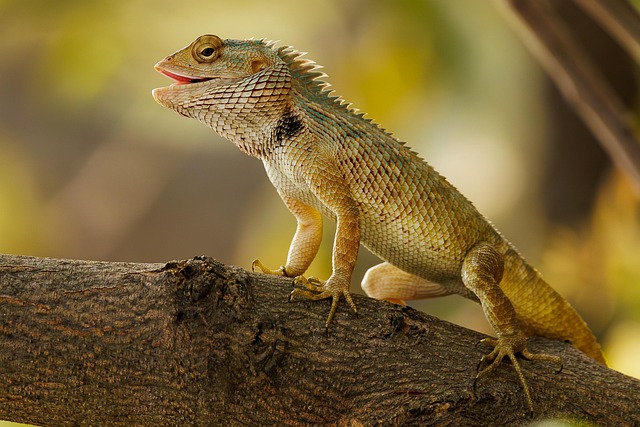Coyotes play a vital role in Aurora's ecosystem, but surging populations can cause agricultural damage and human-wildlife conflict. Effective coyote management requires a balanced approach that goes beyond sealing mice entry points. This includes habitat restoration, predictive modeling, and community education. Implementing strategic multi-faceted wildlife control methods, such as integrating IPM strategies, is crucial for maintaining a harmonious relationship between residents and coyotes in Aurora while preserving the ecosystem's balance. Key steps involve identifying and sealing entry points, regular monitoring, and responsive actions tailored to local environmental challenges.
In the vibrant, bustling city of Aurora, maintaining a harmonious ecosystem is essential. One key challenge lies in managing coyote populations, which can significantly impact local wildlife and residents’ properties. This article explores effective wildlife control strategies with a focus on sealing mouse entry points to curb coyote access. Understanding coyote behavior and implementing comprehensive management plans are crucial steps towards preserving Aurora’s delicate balance, ensuring safety for both its folk and the fascinating urban tapestry of nature that surrounds them.
- Understanding Coyote Behavior and Their Impact on Aurora's Ecosystem
- Effective Wildlife Control Strategies for Mouse Entry Point Sealing
- Implementing Management Plans: A Comprehensive Guide for Aurora Residents
Understanding Coyote Behavior and Their Impact on Aurora's Ecosystem

In understanding wildlife control coyote management plans, it’s crucial to first comprehend coyote behavior within the context of Aurora’s ecosystem. Coyotes play a significant role in the local food web, preying on small mammals like mice and rabbits while also serving as prey for larger predators. Their presence helps maintain ecological balance, but when their populations surge, they can cause significant damage to agricultural crops and even pose risks to human health and safety. In Aurora, where sealing mice entry points is a common wildlife control strategy, coyotes often target areas with abundant food resources, leading to increased human-wildlife conflict.
Recognizing the intricate relationship between coyotes and their environment, effective coyote management requires a nuanced approach. This involves not only implementing measures like sealing mice entry points but also considering habitat restoration, predictive modeling of coyote movements, and community education on coexisting with these wild canids. By adopting holistic strategies that respect both the needs of wildlife and human communities, Aurora can achieve sustainable coexistence while preserving the ecosystem’s delicate balance.
Effective Wildlife Control Strategies for Mouse Entry Point Sealing

Effective wildlife control strategies for mouse entry point sealing in Aurora involve a multi-faceted approach to prevent and mitigate rodent infestations. The first step is identifying potential entry points around homes and structures, such as gaps in walls, floors, or ceilings. Once these areas are pinpointed, sealing them with appropriate materials like steel wool, caulk, or foam insulation creates physical barriers that deter mice from entering. This proactive measure significantly reduces the risk of mouse infestations and associated damages.
Professional wildlife control services in Aurora recommend regular inspections to identify new entry points and ensure ongoing protection. By combining sealing techniques with other methods like trapping and habitat modification, homeowners can create an impenetrable defense system against mice. These integrated pest management (IPM) strategies not only effectively control mouse populations but also promote a safer, healthier living environment for both residents and their pets.
Implementing Management Plans: A Comprehensive Guide for Aurora Residents

Implementing effective wildlife control management plans is crucial for Aurora residents looking to maintain a harmonious coexistence with local coyote populations. The first step involves identifying and sealing potential entry points, such as mice holes or gaps in fencing, to prevent coyotes from easily accessing residential areas. This proactive approach not only discourages coyotes from settling but also reduces the risk of human-wildlife conflict.
Residents should then work with professionals to develop a comprehensive strategy that includes regular monitoring and responsive measures. This might involve setting up traps or using non-lethal deterrents, depending on the specific needs and challenges faced in Aurora’s unique environment. By following these steps, residents can effectively manage coyote populations while ensuring their homes and communities remain safe and secure.
In conclusion, effective coyote management and wildlife control are essential for maintaining the ecological balance in Aurora. By understanding coyote behavior and implementing tailored management plans, residents can mitigate their impact on local ecosystems. Sealing mouse entry points is a crucial step in preventing unwanted pests from entering homes, thus reducing potential conflict with coyotes. Through a comprehensive approach that includes education, prevention, and controlled trapping, Aurora residents can co-exist harmoniously with wildlife while safeguarding their properties.
